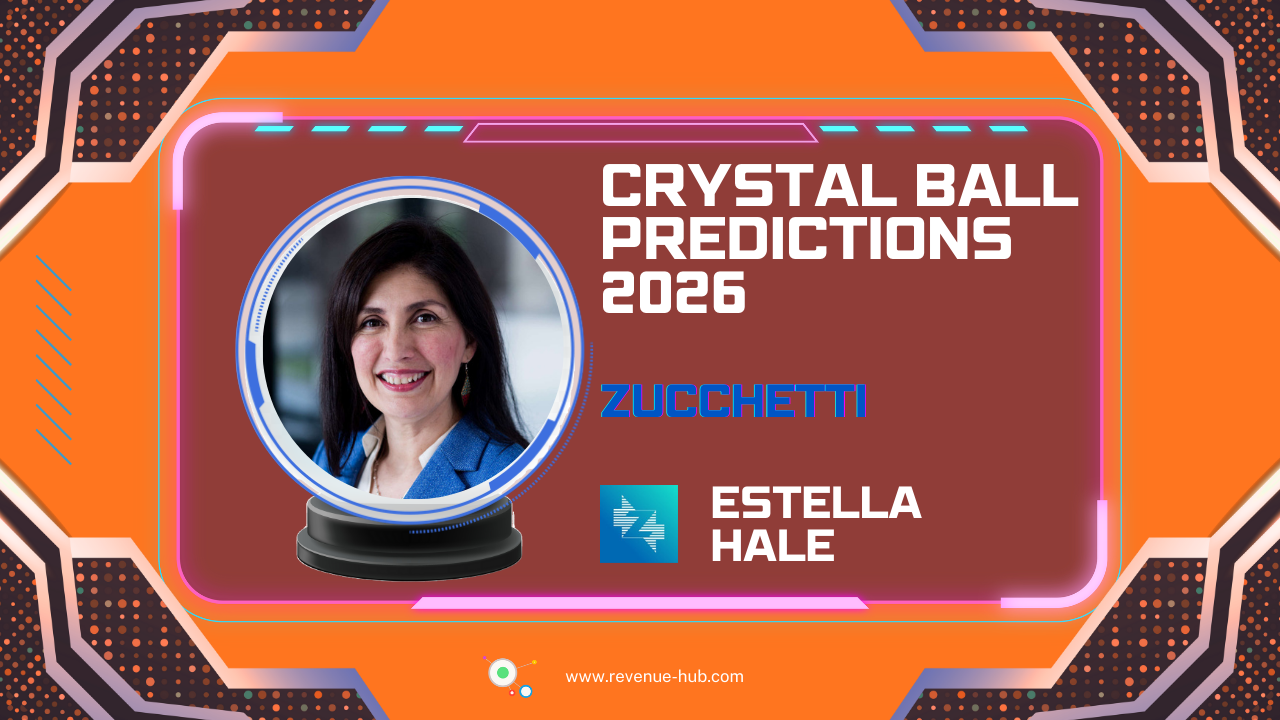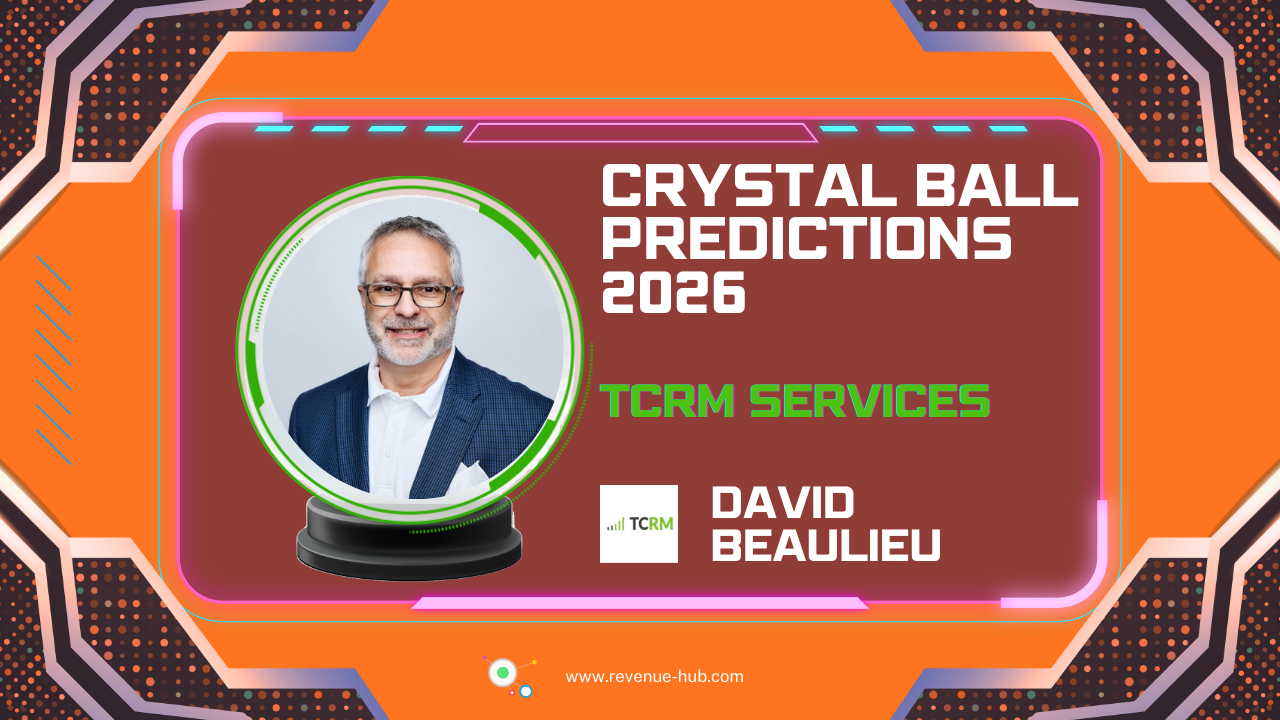
The way we view revenue management is outdated and actively costs hotels money. The traditional definitions we’ve learned have led to widespread misconceptions.
NB: This is an article from Demand Calendar
Subscribe to our weekly newsletter and stay up to date
These myths lead hoteliers into destructive price wars, cause them to target the wrong customers, and create a false sense of inadequacy for smaller, independent properties.
It’s time for a fundamental shift. Modern revenue management isn’t about complex math; it’s about hospitality and understanding people. To make this change, we must first break down the flawed thinking that holds us back. In this article, we will debunk three of the most damaging myths in revenue management.
We will explore why the goal isn’t to sell capacity but to meet needs, why you should stop trying to create demand and start capturing it, and why smaller hotels not only have a fighting chance but also a clear advantage.
Myth #1: The Goal is to “Sell the Capacity…”
The Reality: The goal is to meet the right customer’s needs.
For decades, every hotelier has learned the textbook definition of revenue management:
“Sell the right capacity, to the right customer,
for the right price, in the right channel, at the right time.”
While it sounds correct, this classic definition has a subtle but profound flaw that has shaped hotel strategy for years. The problem lies with the very first word: capacity.
This definition forces us into a hotel-first mindset. It starts with our inventory—the rooms we have to sell—and makes us ask, “How can we sell all these rooms for the best possible price?” This line of thinking inevitably leads to an obsession with occupancy metrics, pushing us to fill rooms, even if it means deep discounts that eat into our profitability. It frames the guest as a means to an end: filling capacity.
Let’s flip the script with a more powerful, customer-centric definition:
“Revenue Management is understanding and meeting
the right customer’s needs, with the right products,
at the right prices, in the right channels, at the right time
to maximize profits.”
By starting with the customer, the entire objective shifts. The question is no longer “How do we sell this room?” but rather, “What does our ideal guest truly need, and what are they willing to pay for to get it?”
When you focus on meeting customer needs, you unlock entirely new revenue opportunities that go far beyond the room rate. You start creating and selling tailored products:
- The “Relaxation Package” for a couple, bundling a room with a spa credit and late checkout.
- The “Business Traveler Kit,” which includes premium Wi-Fi, a pressing service, and a grab-and-go breakfast for a small premium.
- The “Family Adventure” combines a suite with tickets to a nearby theme park.
The focus on simple RevPAR doesn’t hold up under scrutiny. A customer-first strategy shifts attention to metrics like TRevPAR (Total Revenue Per Available Room), offering a fuller picture. You move from just selling a room to maximizing the total profitable value of each guest relationship.
But the benefits don’t just stop at the checkout folio. When you focus on genuinely meeting a guest’s needs, you create something far more valuable than ancillary revenue: a satisfied guest. These are the guests who leave glowing online reviews, recommend your hotel to friends and colleagues, and return time and again. This powerful word-of-mouth marketing drives future demand and lowers customer acquisition costs, creating a virtuous cycle of profitability that a simple ‘fill the rooms’ strategy can never achieve.




